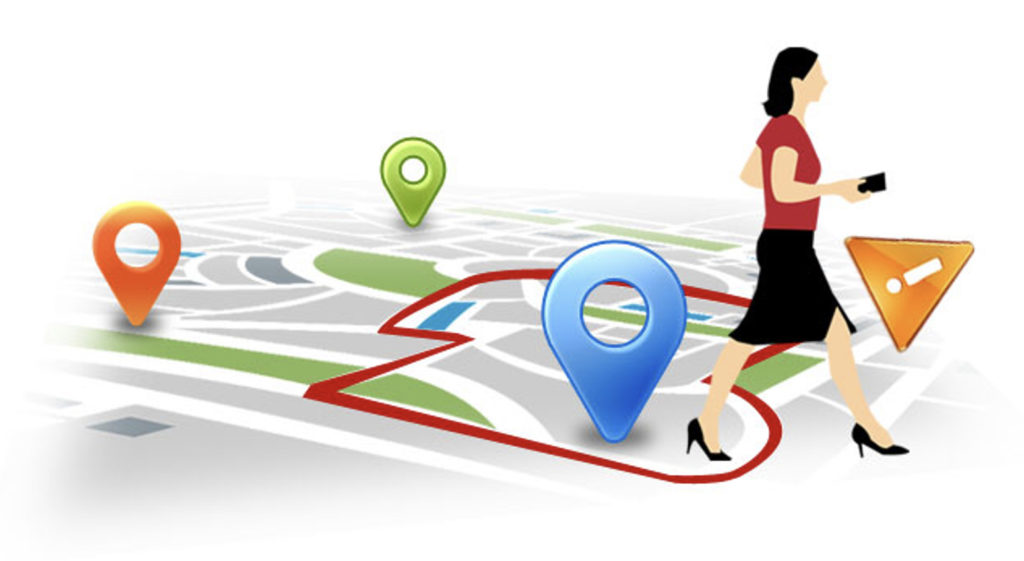By: Melissa Lee, Marketing Communications Manager
In technical terms, geofencing is described as a “virtual perimeter for a real-world geographic area.” In marketing terms, geofencing is the practice of serving smartphone users with ads while they are within a digital boundary. Sound complicated? Fear not! Geofencing is a relatively easy option for boosting your digital marketing strategy, and can be implemented quickly to get you in front of the right audience at the right time.
To understand geofencing, it’s important to understand mobile marketing. Geofencing is designed for mobile device advertising, which is simply a medium that cannot be ignored. A report published by Statistica shows that in 2020, 274.7 million people in the United States accessed the internet through a mobile device – currently, approximately 83% of the U.S. population are regular mobile internet users. Comparably, by 2023, this figure is projected to amount to over 295 million mobile internet users. When it comes down to it, if you’re not exploring mobile advertising, you’re missing your audience.
So how does geofencing fit into the mobile marketing landscape? Your traditional search engine ads (Google, Bing, etc.) show up on both mobile and desktop devices, and are largely based on search-terms as opposed to someone’s location. Conversely, geofencing is hyper-targeted marketing for mobile devices, relying almost exclusively on a user’s location.
Think of it this way: mobile internet users are always on the move, visiting businesses and restaurants, shopping, etc. Geofencing allows you to set up a digital “fence” around physical locations that your target audience is likely to be visiting, and serve them your ads and messaging on their mobile device. For example; have you ever passed by a grocery store and had an app notification from that establishment pop-up on your phone with messaging about in-store specials or reminders about your available reward points? Or have you visited a restaurant and had a competitor’s ad show-up on your social media feed while you were waiting for your food to be delivered? That’s all geofenced mobile marketing. And you can do it too!
To start, think about your key audience. If you know that many of your local downtown businesses are operating out of aging buildings with roofs that likely need to be evaluated and potentially repaired, set-up a geofence around the business district since it’s guaranteed that the facility managers and owners (as well as their mobile devices) will spend a significant amount of time within that geofenced area. Or you could set up a geofence around a geographic area that is in the path of a significant storm, serving ads to mobile devices within that region prompting the audience to reach out to you for their storm damage evaluation and repair needs. Another great option is to geofence the location of a tradeshow or event that you are attending, prompting mobile users to visit your booth or website to learn more. The options are endless.
However, it’s important to reiterate that geofencing needs to be approached carefully and thoughtfully. As with any marketing activity, your target audience and end-goal needs to drive where and how you direct your efforts. To be successful with geofencing, you need to understand the audience you want to be in front of and their location habits. If you set your parameters too wide, your budget will quickly be eaten-up by irrelevant ad deliveries. Don’t set-up a geo-fence for the whole city, zero in on locations within that city that your target audience regularly visits.
Ready to learn more and explore how geofencing and digital advertising can help supplement your marketing activities? Contact a local digital advertising provider and ask them about geofencing options, or contact the Duro-Last Marketing Team at 800-248-0280 for vendor recommendations to get you started!

